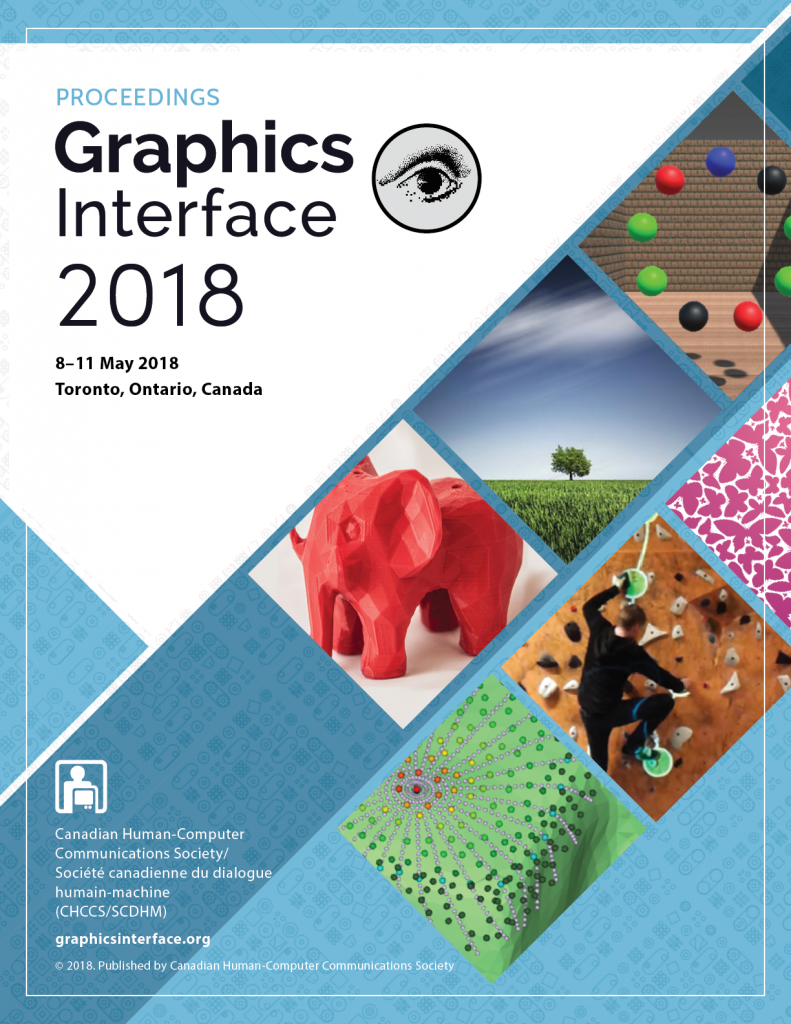BibTex
@inproceedings{Ramcharitar:2018:10.20380/GI2018.17,
author = {Ramcharitar, Adrian and Teather, Robert J.},
title = {EZCursorVR: 2D Selection with Virtual Reality Head-Mounted Displays},
booktitle = {Proceedings of Graphics Interface 2018},
series = {GI 2018},
year = {2018},
isbn = {978-0-9947868-3-8},
location = {Toronto, Ontario},
pages = {123 -- 130},
numpages = {8},
doi = {10.20380/GI2018.17},
publisher = {Canadian Human-Computer Communications Society / Soci{\'e}t{\'e} canadienne du dialogue humain-machine},
}
Abstract
We present an evaluation of a new selection technique for virtual reality (VR) systems presented on head-mounted displays. The technique, dubbed EZCursorVR, presents a 2D cursor that moves in a head-fixed plane, simulating 2D desktop-like cursor control for VR. The cursor can be controlled by any 2DOF input device, but also works with 3/6DOF devices using appropriate mappings. We conducted an experiment based on ISO 9241-9, comparing the effectiveness of EZCursorVR using a mouse, a joystick in both velocity-control and position-control mappings, a 2D-constrained ray-based technique, a standard 3D ray, and finally selection via head motion. Results indicate that the mouse offered the highest performance in terms of throughput, movement time, and error rate, while the position-control joystick was worst. The 2D-constrained ray-casting technique proved an effective alternative to the mouse when performing selections using EZCursorVR, offering better performance than standard ray-based selection.





















































